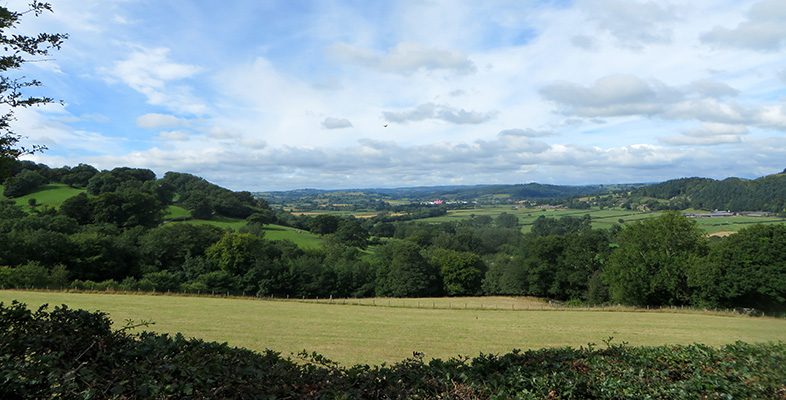2.5 Environmental scan
The environment around you and how it is changing will influence the chances of your business succeeding. It is important to consider what factors are important and to understand how they influence your chances of success. The period since World War Two has seen unprecedented change and advances throughout the world in five key areas – societies, technologies, economic development, the environment and political systems and regulations. We refer to these areas as STEEP factors, and the pace of change in them has intensified in most parts of the world in recent years. Find out how an entrepreneur used STEEP in an audio track, Entrepreneurial Opportunities [Tip: hold Ctrl and click a link to open it in a new tab. (Hide tip)] . This draws on a suite of resources exploring entrepreneurial opportunities which are featured throughout the course.
Sources of major change arising from STEEP factors
Social
- Ageing populations in most of the industrialised world
- Growth in mass migration and refugee populations
- Challenges to welfare provision and educational systems
- Changing consumer needs and wants.
Technological
- Speed and capacity of communication
- Moore’s Law (data capacity of computer chips doubles every 18 months)
- Increased consumer sophistication due to widespread use of computers and the internet
- New mobile and wireless communications applications
- Biological and genetic discoveries and applications.
Economic
- Integration of world financial markets
- Rise of BRIC (Brazil, Russia, India and China) as new world economic powers
- Relations between Euro and US dollar
- Dominance of ‘free-market, free-trade’ model
- Fast and increasingly transparent access to information
- Reduction in transaction costs.
Environmental
- Climatic change
- Genetically modified crops and produce
- Increased risk of epidemics and disease (AIDS, BSE, SARS and so on) through more mobile human and animal populations
- Ecological damage; reliance on energy sources that are effectively non-renewable.
Political
- European Union
- World Trade Organisation
- Increased regulation
- Regional resurgence
- Ethnic conflict, nationalism and militant fundamentalism
- The changing position of the US as the only superpower and the increasing importance of China on the world stage.
These changes are far reaching and affect us all. Some of these will have given rise to the opportunity you now have.
Some of the most spectacular changes have been in the introduction of new technologies and applications based on them. For instance, the rapid and almost universal spread of information and communications technologies (ICT) in the form of computers, broadband, the internet, mobile telephony and the many other applications that derive from them has cut communications times and increased access to information to such an extent that global competition reaches into the most local and rural of economies. However, there are still issues around broadband access for some rural areas.
Overall, globalisation (the integration of worldwide financial, product, resource and services markets) has encouraged the growth of transnational businesses and world brands and also, paradoxically, of localisation (promotion of distinctive community, local and regional activities and identities).
Both of these opposing tendencies are reflected in consumers increasing identification with global brands but also by the resurgence of consumer interest in local products and locally sourced foods. Rural areas are increasingly woven into the national and global economy via the internet. While it may be that the internet allows rural enterprises to access wider markets, it also works the other way around; national and global brands are able to sell more easily into rural areas.
Consequently, even quite minor changes in any of the STEEP factors can influence local economies and open up significant business challenges and opportunities. Looking again at the common sources of new business ideas in Section 2.1, you can see that many of them result from changes in one or more of the STEEP factors.
These changes can also close down options and adversely affect existing businesses and future plans. In general terms, STEEP factor effects will vary according to how industries and markets are structured in different regions.
